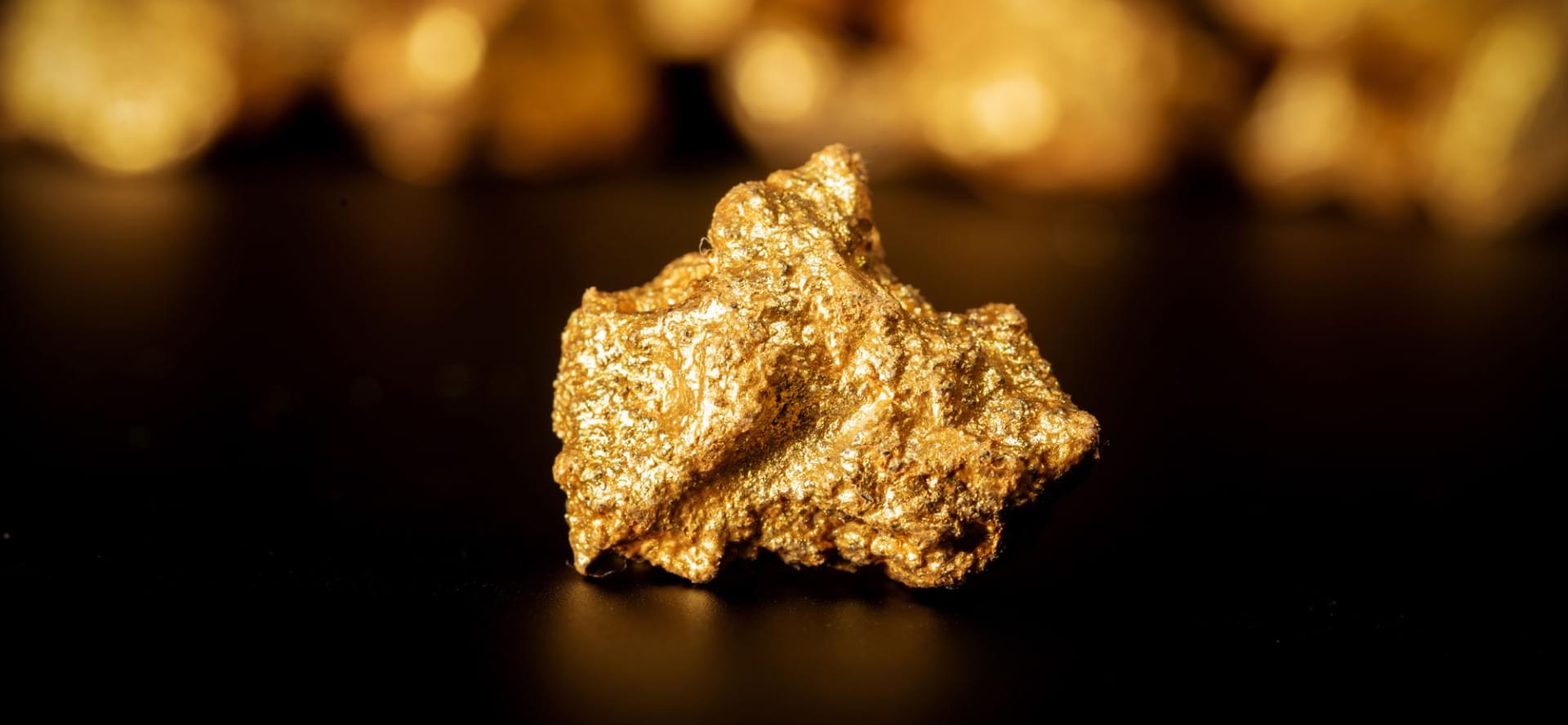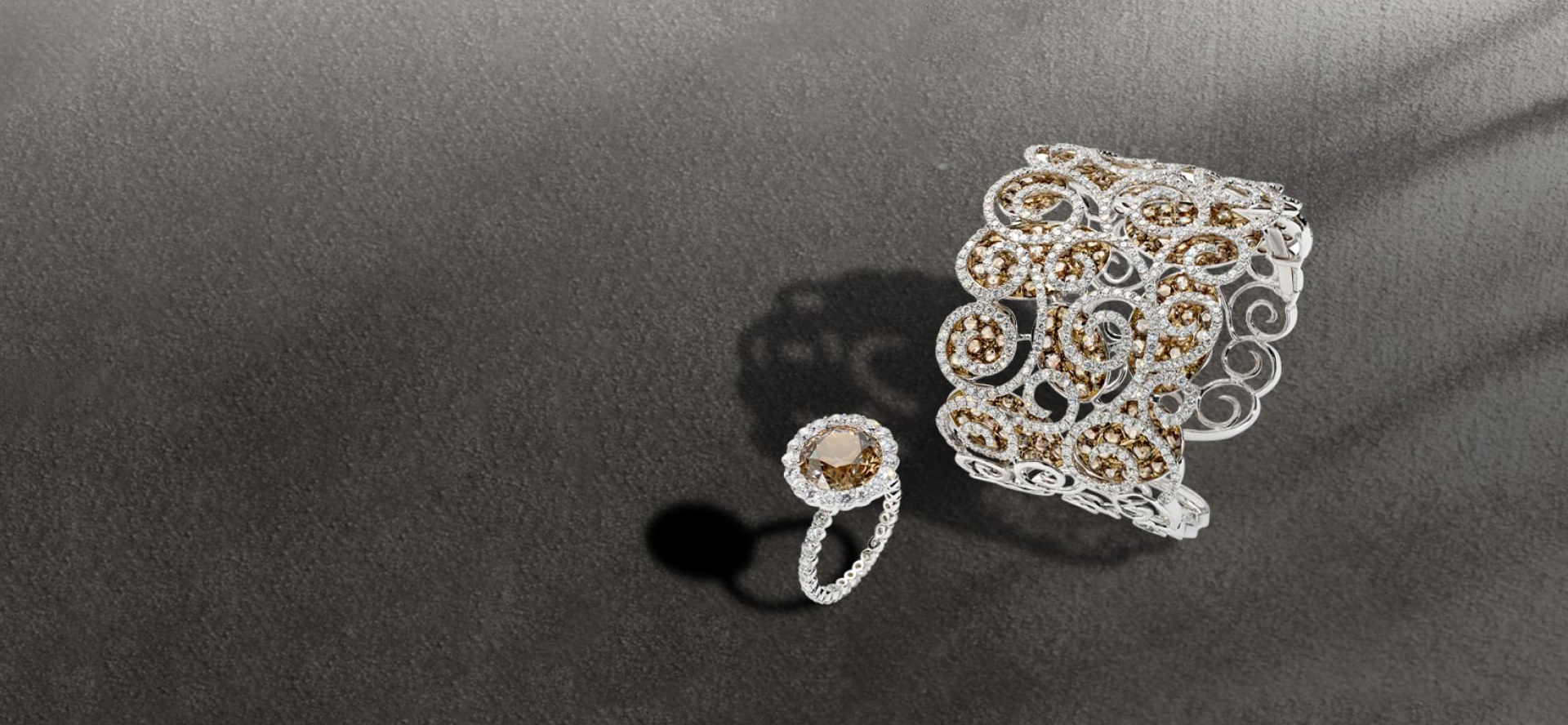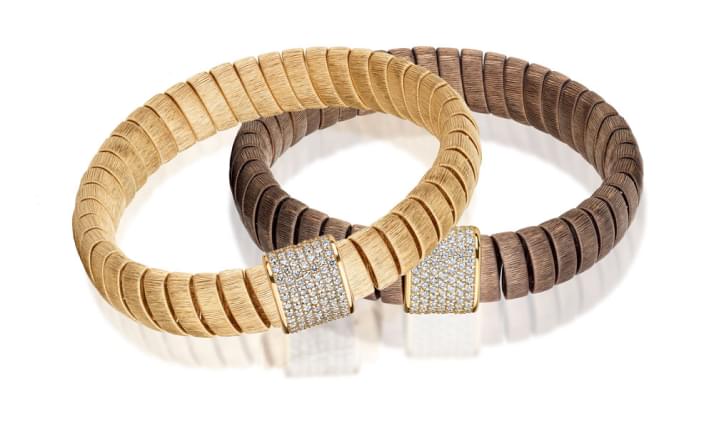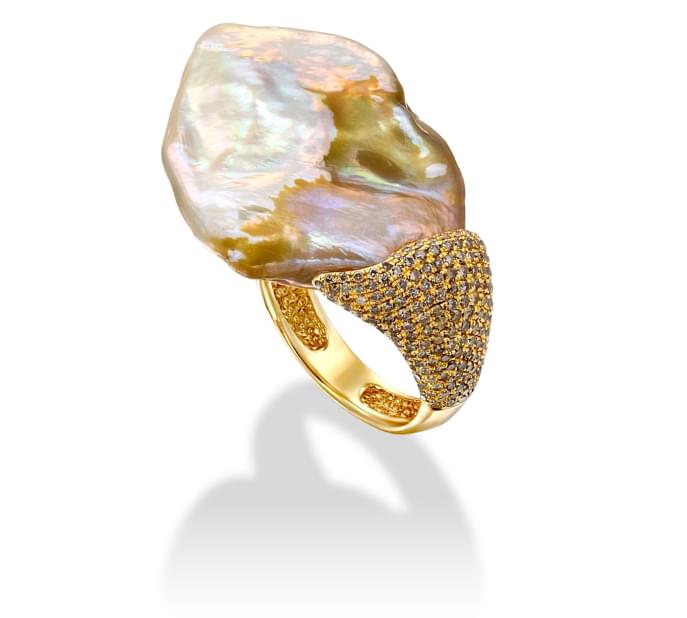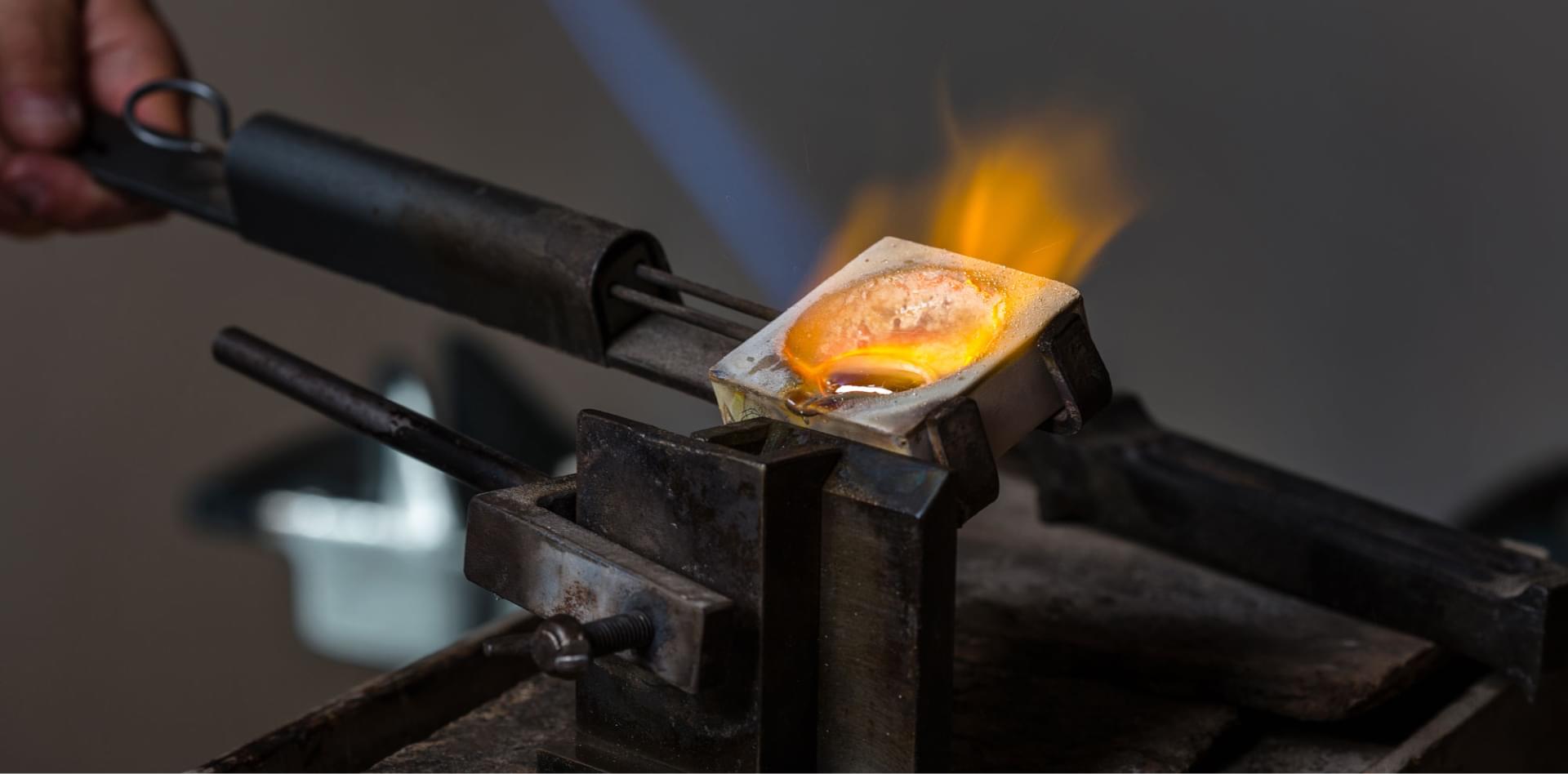Gold: Nature's Timeless Metal
Gold stands out among the elements, shimmering with unmatched beauty. This vibrant orange-yellow transition metal, known by its symbol Au and atomic number 79, has a natural luster and softness that have made it prized for centuries. One of the naturally occurring elements with a higher atomic number, gold has been cherished through ages, its significance undiminished by time.
Yellow Gold
A classic favorite, yellow gold derives its signature hue from the amount of pure gold it contains. Its warm, sun-kissed glow exudes elegance and its vibrancy is shaped by the metals it's alloyed with.
White Gold
Modern and sophisticated, white gold is a blend of gold with metals like nickel, palladium, or silver. Its radiant silver hue is further enhanced with a rhodium plating, ensuring durability and a gleaming finish. White gold’s variety in karats is dependent on the proportion of other metals mixed.
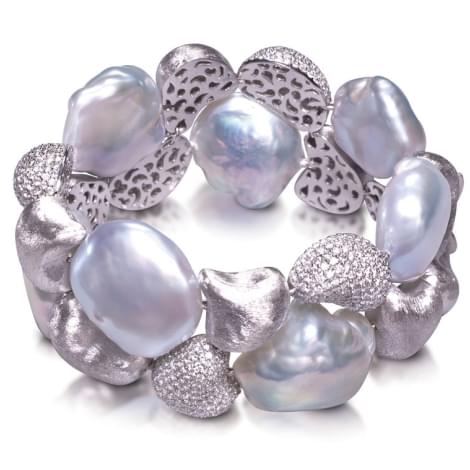
Rose Gold
Romantic and vintage in feel, rose gold owes its pinkish-red tint to the infusion of copper. The variation in its hue, from subtle pink to a deep rose, depends on the copper content. Its unique and cherished warm hue beautifully complements all skin tones.
Alloys & Purity
Pure gold, though radiant, is soft, necessitating the creation of alloys for strength. By blending gold with metals like copper, nickel, or zinc, its durability is enhanced. This mix, termed as "alloy", defines gold's karatage, with 24 karats symbolizing pure gold.

